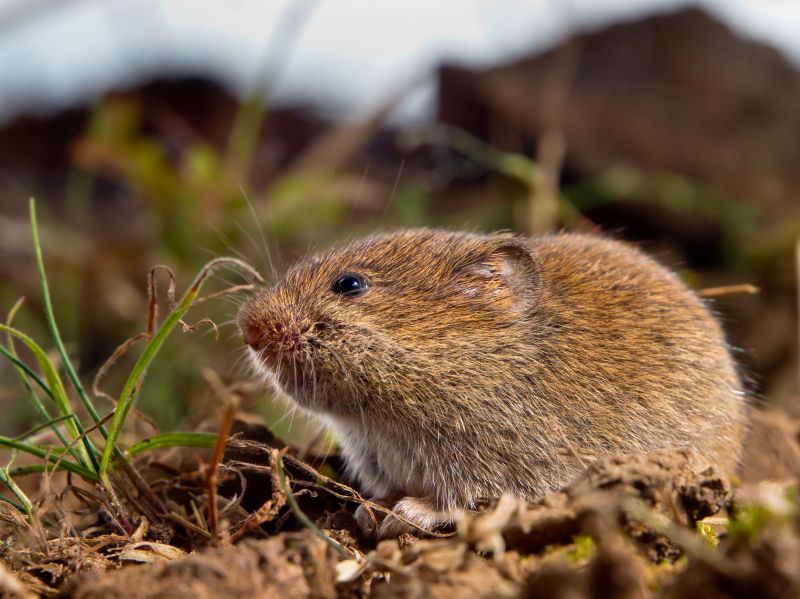Top Wildlife Removal Products for Safe and Effective Control
Discover the leading tools and equipment designed to help you manage and remove wildlife pests efficiently and humanely.
 Wildlife removal products encompass a wide range of tools and devices designed to safely and humanely address unwanted animal intrusions. These products are essential for homeowners, property managers, and pest control professionals seeking effective solutions for animals such as raccoons, squirrels, bats, birds, and rodents. Proper wildlife removal not only helps protect property but also ensures the safety of both the animals and the inhabitants of the space.
Wildlife removal products encompass a wide range of tools and devices designed to safely and humanely address unwanted animal intrusions. These products are essential for homeowners, property managers, and pest control professionals seeking effective solutions for animals such as raccoons, squirrels, bats, birds, and rodents. Proper wildlife removal not only helps protect property but also ensures the safety of both the animals and the inhabitants of the space.
Top Overall Option
Humane Live Animal Trap
A versatile humane live animal trap is designed to safely capture a variety of wildlife species without causing harm. Its durable construction and adjustable settings make it suitable for different sizes and behaviors of animals, allowing for effective and ethical removal. Proper placement and monitoring are essential for successful use, and it can be combined with release tools for safe animal relocation.
Types of Products For Wildlife Removals
Live Animal Traps
Devices designed to humanely capture wildlife for relocation or removal, available in various sizes and mechanisms.
Exclusion Barriers
Physical barriers such as mesh or wire that prevent animals from entering or re-entering structures.
Repellents
Chemical or ultrasonic deterrents used to discourage animals from inhabiting specific areas.
Bird Netting
Protective netting to prevent birds from nesting or roosting in unwanted areas.
Squirrel Baffles
Devices installed on trees or feeders to prevent squirrels from accessing bird food or nesting sites.
Bat Exclusion Devices
Specialized tools and methods to safely exclude bats from buildings while allowing re-entry for roosting sites.
Rodent Traps
Various trap types designed to capture rodents humanely or otherwise, including snap traps and live traps.
Sound Deterrents
Devices emitting noises that are unpleasant to wildlife, encouraging them to vacate the area.
Motion-Activated Lights
Lights that activate upon movement, deterring nocturnal animals from approaching or nesting.
Nest Removal Tools
Tools specifically designed for safely removing nests from structures or trees.
Trap Accessories
Additional items like bait stations, trap covers, and monitoring systems to enhance trap effectiveness.
Animal Release Cages
Secure cages used to transport captured wildlife safely to a release site.
Popular Choices
Versatile traps suitable for capturing a variety of wildlife species humanely.
Durable fencing materials designed to block animal entry points around properties.
Devices emitting high-frequency sounds to deter pests and wildlife from specific areas.
Spiked strips installed on ledges and railings to prevent bird roosting and nesting.
Specialized feeders designed to prevent squirrels from accessing bird food.
Lighting solutions that encourage bats to leave roosting sites without harm.
Traditional traps that quickly and humanely trap rodents for removal.
Electronic devices that emit ultrasonic waves to discourage wildlife presence.
Sprinklers that activate upon detecting movement, deterring animals from entering designated areas.
Repellent sprays designed to discourage animals from nesting in specific spots.
Cameras used to observe wildlife activity and identify problem areas.
Devices that guide animals out of structures without trapping or harming them.
Choosing the right wildlife removal products depends on the specific species involved, the extent of the problem, and the environment in which the animals have infiltrated. For example, trapping devices must be suitable for the size and behavior of the target species, while exclusion tools are vital for preventing future invasions. Many products are designed to be easy to use, durable, and humane, emphasizing safe handling and release.
Effective wildlife removal often involves a combination of products, including live traps, exclusion barriers, repellents, and monitoring devices. Proper installation and usage are crucial to ensure animals are removed without injury or undue stress. Additionally, understanding local regulations regarding wildlife handling and removal is important to ensure compliance and ethical practices.
Investing in quality wildlife removal products can lead to more successful and humane outcomes. It is recommended to assess the specific needs of your situation, consider the type of animals involved, and select products that are adaptable and reliable. Consulting with professionals or thoroughly researching product options can further enhance the effectiveness of your wildlife management efforts.
Key Buying Considerations
- Identify the specific species causing the problem to select appropriate products.
- Ensure products are designed for humane and safe wildlife removal.
- Consider the size and weight capacity of traps and barriers for targeted animals.
- Evaluate the durability and weather resistance of outdoor equipment.
- Look for easy-to-use features that facilitate quick setup and monitoring.
- Check local regulations regarding wildlife trapping and removal practices.
- Assess whether the product allows for safe animal release or relocation.
- Determine if the product includes or supports baiting options for effective trapping.
- Consider the level of maintenance required for each product type.
- Review customer feedback for reliability and effectiveness of the products.
- Select products that are adaptable to different environments and situations.
- Think about the safety features to prevent accidental injury to pets or children.
- Evaluate whether the product provides discreet or visible deterrence, depending on needs.
- Ensure availability of replacement parts or accessories if needed.
- Plan for ongoing monitoring and follow-up to ensure wildlife does not return.
This page contains affiliate links. We may earn a commission from qualifying purchases to support our content.
